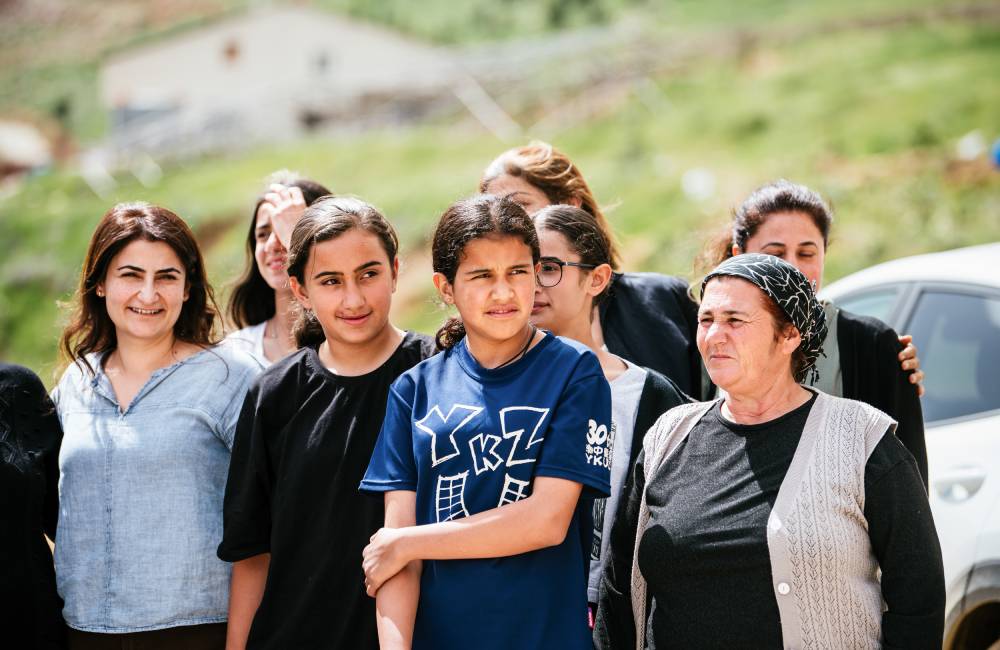-
SABANCI FOUNDATION
We are committed to advancing social development for a more equal and sustainable future.
ABOUT SABANCI FOUNDATION
We believe that equality is the foundation of sustainability and that true social transformation is only possible through this understanding. Our goal is to develop scalable, sustainable, and measurable solutions to overcome systemic barriers that deepen inequality.
We focus our efforts on four key areas:
Quality and inclusive education, gender equality, climate change and disaster response, and participation in social and cultural life.
To amplify our impact in these areas, we also work to strengthen civil society and support the production of reliable and transparent equality data.
We are walking on the road we set out in 1974, with a vision of a more equal and sustainable future for society.
In our 50th year, we brought this meaningful journey together in a documentary, witnessed by the Sabancı Family. Click to watch the video of our journey.
THE STORY OF 50 YEARS
About Us



120
Institutions
51
Years
55.000
Scholarships
250
Grant Projects
FOCUS AREAS
We support individuals, institutions, innovative ideas, and communities






01
We acknowledge that education is a fundamental pillar of social development and strive to ensure equal opportunities for all to access quality and inclusive education

03
İklim değişikliği farkındalığını artırmak ve kırılgan gruplar başta olmak üzere toplumsal dayanıklılığı güçlendirmek için çalışıyoruz

04
Belirtiniz. We work to preserve cultural heritage, support artists, and promote equal participation for everyone in these areas

Sabancı Foundation’s Publications
This issue highlights how perceptions drive change, focusing on equality and sustainability for a better future. Explore our reports, research, and publications that reflect the Foundation’s work, impact, and insights in the field of social development
Discover MoreNewsletter

Search